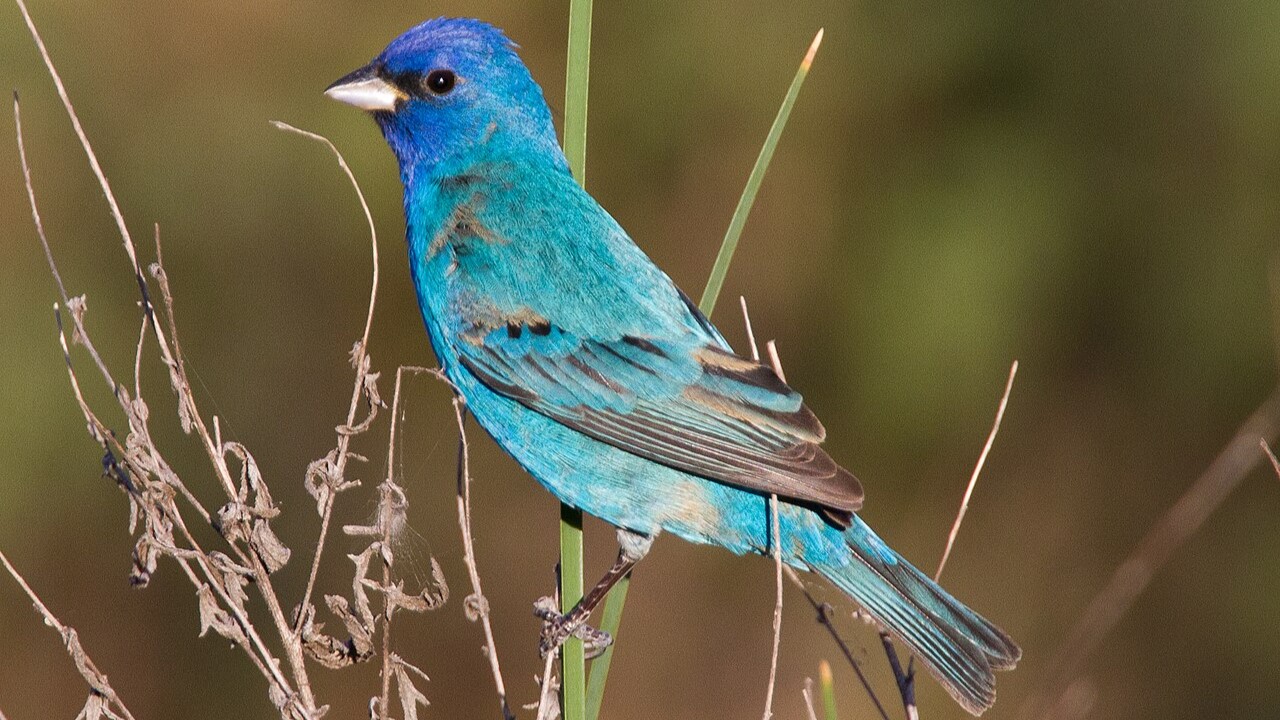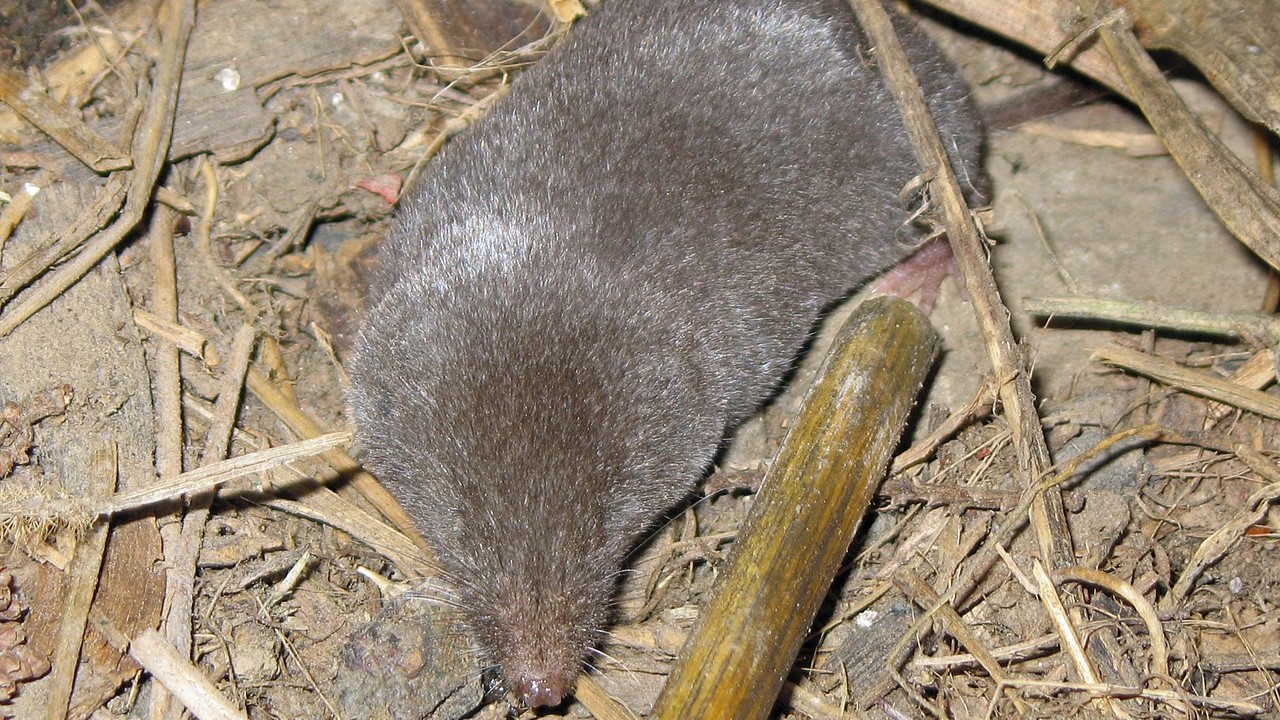Auburn Researcher Receives Project to Evaluate Biodiversity in Alabama
The Alabama Department of Conservation of Natural Resources (ADCNR) has awarded Auburn University’s College of Forestry, Wildlife and Environment a five-year project to examine the effects of habitat management on wildlife communities using Alabama’s Wildlife Management Areas (WMAs).
Most land in Alabama is privately owned, with only 4% of its lands protected. As ecologists are staring down the ongoing global biodiversity crisis, the state continues taking action to ensure conservation efforts are as effective and efficient as possible.
“We have to be fastidious about taking care of public lands in Alabama,” said Jonathon Valente, an Auburn assistant research professor in the College of Forestry, Wildlife and Environment (CFWE) and assistant unit leader for USGS’ Alabama Cooperative Fish and Wildlife Research Unit, who will lead the multidisciplinary research team conducting the study.
The project builds on previous work funded by ADCNR for the first Inventory and Conservation Planning Project (ICP) conducted on ADCNR lands between 2008 and 2010. The goal of the original project was to examine the habitat characteristics preferred by different species and use that information to build a plan for maximizing wildlife habitat for all species on WMAs.

Perdido River Wildlife Management Area (WMA), managed in cooperation with the Northwest Florida Water Management District, includes 15 miles of frontage that forms the border between Alabama and Florida. Photo credit: Billy Pope.
“You might call this ICP 2.0,” said Valente. “We will go back to those same state lands to evaluate how landscapes have changed as a function of management, assess how wildlife communities are responding and evaluate outcomes.”
One of the big questions this project hopes to answer is how habitat on WMAs has changed since the last study and how these changes compare to the goals outlined in ICP 1.0. In other words, Valente said, “Did our management actions match the intended outcomes?”

An Auburn University research team will assess critical surrogate species such as the Indigo Bunting, a species that has similar habitat needs of rare or threatened species which may be more difficult to detect or monitor, as part of the project that will examine the effects of habitat management on wildlife communities using Alabama’s Wildlife Management Areas (WMAs). Photo credit: Dan Pancamo, April 2011.
Valente’s team also plans to leverage remote sensing technology to assess the relative importance of these WMAs in supporting biodiversity compared to nearby private lands.
“The world is changing around those WMAs — ownership changes, development comes in — so we are thinking about how the relative importance of WMAs has changed compared to the lands surrounding them.”
Five College of Forestry, Wildlife and Environment graduate students will be hired to work on the project to work closely with Valente and other faculty with relevant expertise. One student will be hired to do an exhaustive vegetation survey, categorizing habitat types and determining how the vegetation has changed since the earlier project.
The other four graduate students will examine how the populations and communities have changed for birds, bats and mammals. Sampling will include human observers recording bird songs and sightings, humane traps and cameras to examine mammals and specialized high-frequency audio recording devices to record bats.
While the project scope includes a broad assessment of avian and mammal species — game and non-game — some key objectives include monitoring habitat for species that ADCNR has deemed of greatest conservation need (GCN). Many of these species are so sparsely populated that they are difficult to detect and monitor.
“The Southeastern American kestrel (Falco sparverius palus) and the Brazilian free-tailed bat (Tadarida brasiliensis) are both GCN species in Alabama’s State Wildlife Action Plan,” Valente said. “Both species tend to occupy agricultural or disturbed spaces with low canopy cover and high ground cover, and results from ICP 1.0 revealed that indigo buntings (Passerina cyanea), which are relatively common in Alabama, have similar habitat preferences. Thus, researchers on ICP 1.0 determined that indigo buntings can serve as a surrogate species for Southeastern American kestrel and Brazilian free-tailed bat because if you’re providing habitat for buntings, you’re likely providing habitat for the other two species.”

The Southern Short-tailed Shrew is another critical surrogate species with similar habitat needs of rare or threatened species that may be examined as part of the study. Photo credit: Blarina Carolinensis, October 2010.
Graduate students will be working with CFWE faculty specializing in each of the key areas.
Robert Gitzen, a small mammal and population modeling expert, will supervise the two students working on bats and small mammals. Lana Narine specializes in remote sensing and will co-advise the graduate students in linking vegetation structure data with land cover maps of vegetation structure. Chris Lepczyk is an avian ecologist and will co-advise students working with bird communities. Finally, Jana Willoughby, another leader in the project, will collect preliminary genetic data from small mammal species to study connectivity and genetic isolation among the areas.
They’ll receive support from ADCNR through collaboration with Amy Silvano, the assistant chief of wildlife for ADCNR but also worked on the first ICP project.
“We appreciate her institutional knowledge and enthusiasm for implementing this project,” said Valente.
Monitoring the effects of management activities often isn’t feasible because of budget and personnel restraints, Valente says.
“I applaud ADCNR and their effort to monitor how their actions have played out so they can better evaluate the impact of their management actions or change course where needed,” said Emmett F. Thompson Dean Janaki Alavalapati. “An adaptive approach is critical to preserving biodiversity, and it’s something too often neglected.”

